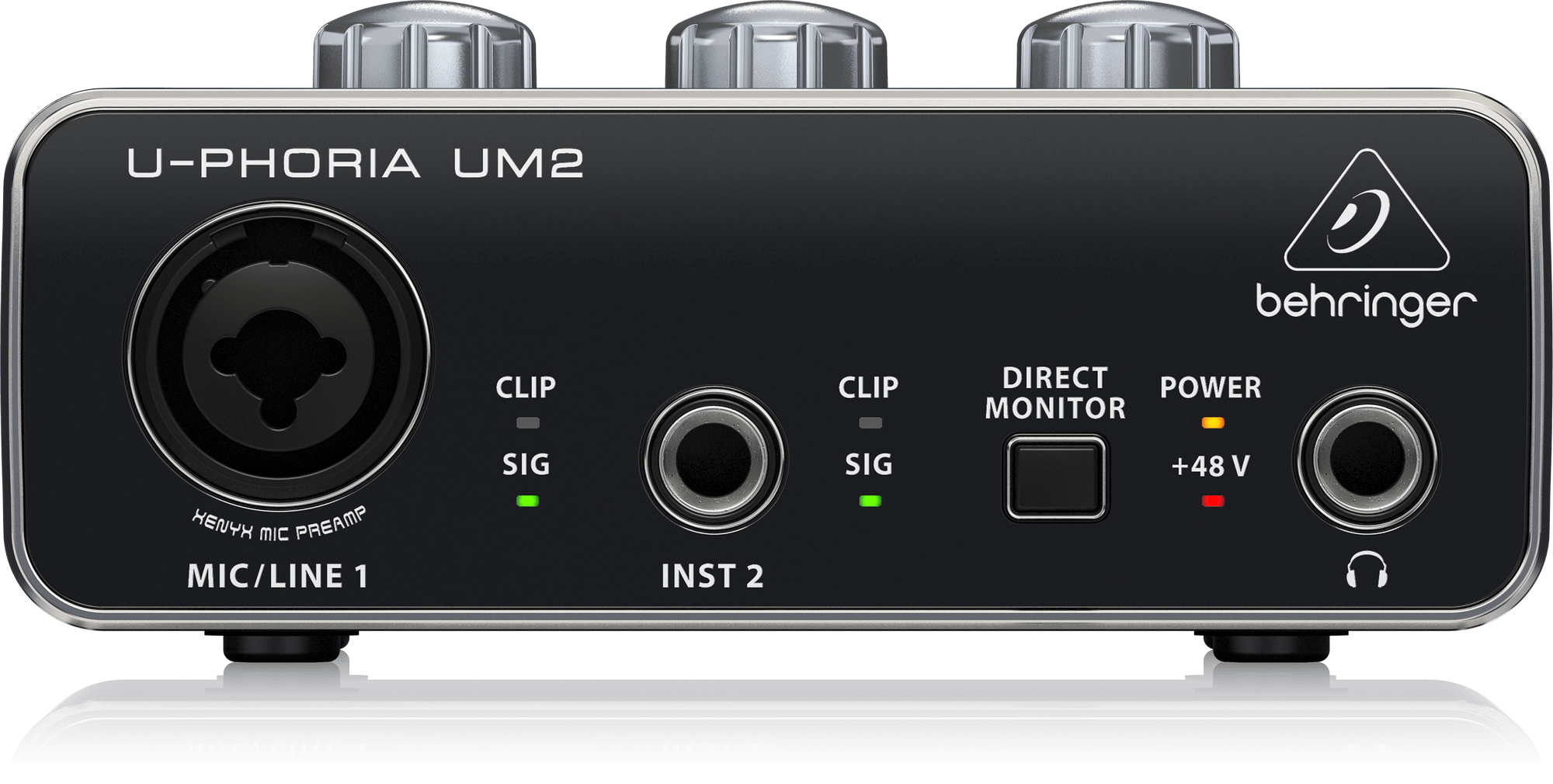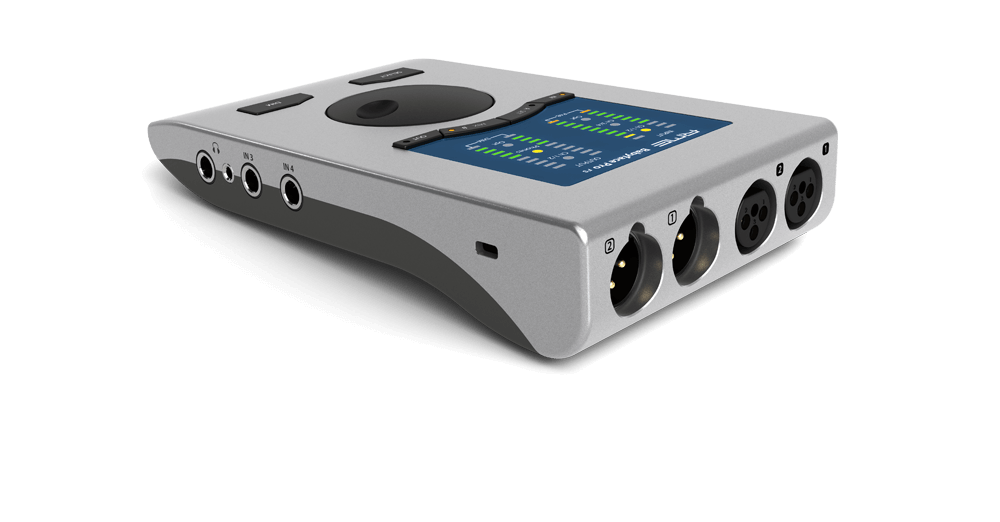Choosing the best audio interface 2025 depends less on price and more on fit. Your audio interface is the critical bridge between your instruments/microphones and your DAW.
Getting the right one affects sound quality, latency, and how comfortable you feel recording and mixing. According to a recent guide from MusicRadar, “The best audio interface overall for home recording … the Focusrite Scarlett 2i2 4th Gen” because it offers excellent features and value.
In this article, we’ll cover: what to look for when choosing an interface, top picks in 2025, budget vs pro differences, and how to match one to your workflow.
What to consider when choosing an audio interface
Key factors:
- Number and type of inputs/outputs: how many microphones, instruments, monitors?
- Connectivity & latency: USB-C, Thunderbolt, etc. Lower latency is crucial.
- Preamps / convertors: quality of mic preamps & analog-digital conversion matter for clarity.
- Driver stability & compatibility: especially for Windows or macOS.
- Budget & expandability: will you expand? Record more tracks?
- Special features: loopback functionality, mobile compatibility, iPad support.
Top Picks for 2025: what’s good & why
Whether you’re recording vocals in your bedroom, tracking a band, or mixing on the go, there’s a model that fits your workflow and your wallet.
Here are five of the best interfaces to consider in 2025, covering every level from beginner to professional.
1. Focusrite Scarlett Solo (4th Gen): the Gold Standard for beginners
If you’re just starting out, the Scarlett Solo is almost impossible to beat for the price.
Focusrite has refined this interface generation after generation, and the new 4th Gen model takes sound quality and usability to another level.

Why it’s great:
- Two ultra-clean Scarlett mic preamps with switchable Air mode (for that crisp, open tone).
- USB-C connectivity with rock-solid low-latency performance.
- Simple two-in / two-out design: plug in, hit record, done.
- Bundled software pack includes Ableton Live Lite and the Focusrite Hitmaker Expansion.
Best for: beginners, singer-songwriters, podcasters, and solo producers who want professional sound without spending more than €100.
2. Behringer U-Phoria UM2: the entry-level lifesaver
If your budget is tighter than your latency buffer, the UM2 is the cheapest way to start recording with a real interface instead of your laptop mic.
It’s simple, compact, and surprisingly decent for the price.

Why it’s great:
- One XLR/TRS combo input with built-in Xenyx preamp.
- 48 V phantom power for condenser mics.
- Direct monitoring switch: no latency while recording vocals or guitars.
- Plug-and-play USB interface (works on both Mac and PC).
Best for: absolute beginners, students, or anyone who needs a portable interface on a shoestring budget.
3. PreSonus Studio 24c: the mid-range workhorse
If you want something with more muscle than a budget interface but don’t need a full rack, the PreSonus Studio 24c is a sweet spot between affordability and professional performance.

Why it’s great:
- Dual high-quality XMAX-L mic preamps with 48 V phantom power.
- USB-C connectivity with up to 24-bit/192 kHz recording quality.
- MIDI I/O for hardware synths and drum machines.
- Comes with Studio One Artist DAW and PreSonus plug-in suite.
Best for: singer-songwriters, content creators, and producers who want a compact yet feature-rich interface.
4. RME Babyface Pro FS: the precision champion
At the higher end of the spectrum sits the RME Babyface Pro FS, a portable powerhouse trusted by professionals worldwide.
It’s not cheap, but it’s one of those rare interfaces you can keep for a decade without upgrading.

Why it’s great:
- World-class converters with ultra-low noise and distortion.
- Legendary RME drivers: the most stable in the industry, period.
- SteadyClock FS technology for rock-solid digital performance.
- Metal housing, built like a tank yet small enough for mobile setups.
- TotalMix FX software offers complete routing flexibility and zero-latency monitoring.
Best for: mixing engineers, touring producers, and serious musicians who demand pristine fidelity and reliability.
5. Universal Audio Apollo Twin X: the premium studio brain
If you’ve heard the phrase “UAD plugins” thrown around by your favorite producer, this is where they live.
The Apollo Twin X combines pristine sound quality with onboard DSP, meaning you can run UAD’s analog-grade compressors, EQs, and reverbs directly on the interface, freeing up your computer’s CPU.

Why it’s great:
- Elite AD/DA conversion with 127 dB dynamic range.
- Two Unison-enabled preamps emulate Neve, API, and more.
- Thunderbolt 3 connection for ultra-low latency.
- Access to UAD Spark and LUNA Recording System.
Best for: professional home studios, hybrid producers, and anyone chasing a “record-ready” analog sound straight out of the box.
Match the interface to your workflow
- Singer-songwriter/home studio: 2-4 inputs, good mic preamps — budget or mid-range.
- Producer/beat-maker: playback quality matters; 2 inputs may suffice.
- Band recording/multi-mic sessions: 8+ inputs, perhaps ADAT expansion.
- Mobile or portable setup: look for USB-C bus-powered, compact footprint.
Once you’ve picked your interface, you’ll also want a great microphone to complete your setup.
Check out:
👉 The 10 Best Vocal Microphones for Every Producer and Budget
Picking the right interface means balancing your current needs with potential future growth. The best interface isn’t necessarily the most expensive, but it’s the one that fits your workflow and lets you record, produce, and mix without frustration.

